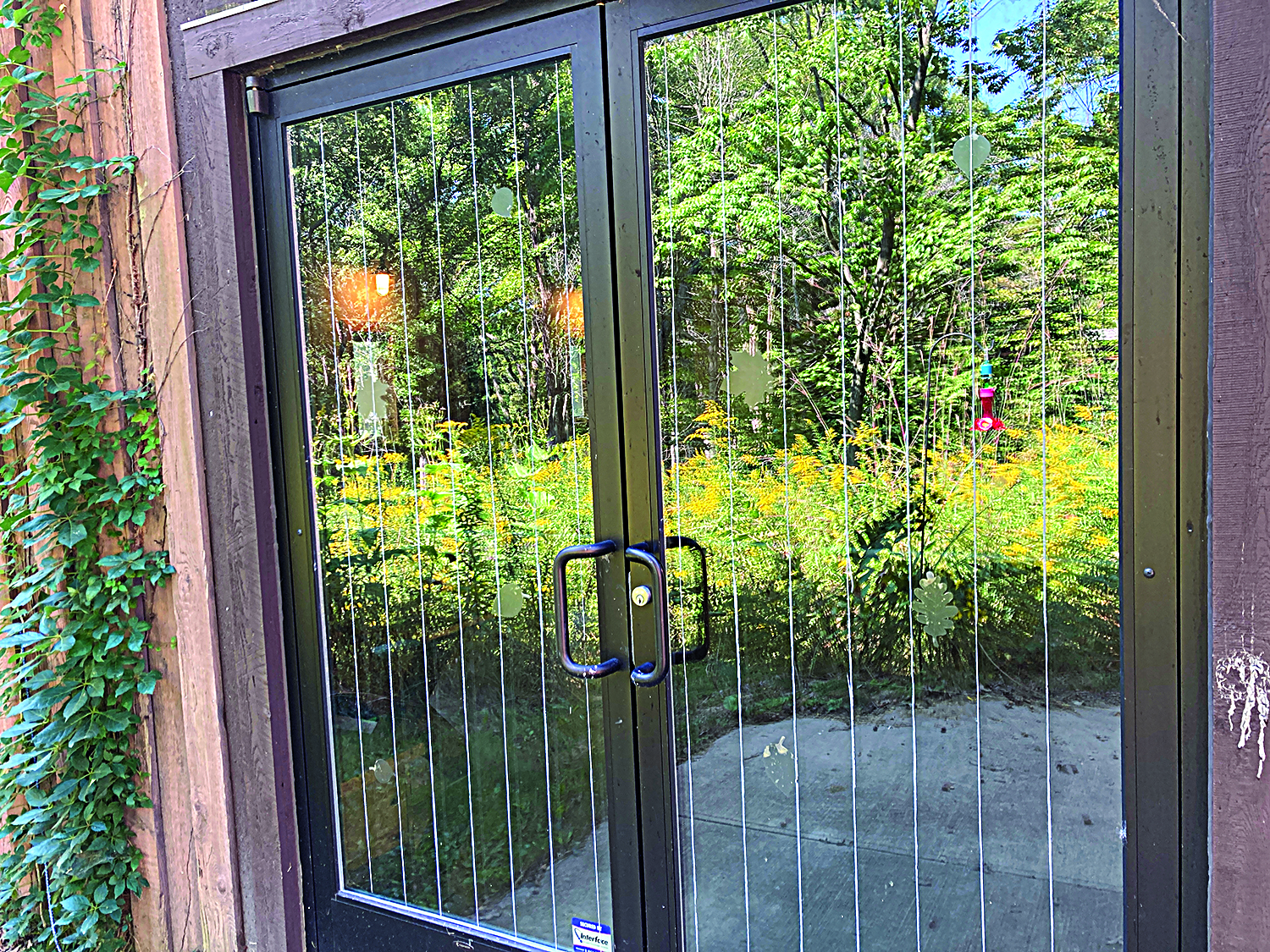On the night of Oct. 4-5, the weather patterns were ideal for songbird migration. An approaching cold front heralded more than 650 million birds to take flight and created a migratory wave that spanned across the Midwest from the Great Lakes to the Texas panhandle. Closer to home, it was estimated that more than 880,000 birds flew over Cook County alone. Initially, these birds were flying at an altitude of around 6,000 feet, but as weather conditions changed, the altitude of their flight decreased dramatically the second half of the night. Those birds that were following the Lake Michigan coastline were heading straight for the bright lights of the city.
McCormick Place, with its vast expanse of glass façade, was in direct line with these migrating birds. Confused by the building’s interior lights and city lights reflecting in the glass, many birds met an untimely end to their annual migration. The following morning, the sidewalks were littered with casualties. Volunteers from Chicago Bird Collision Monitors along with staff from the Chicago Field Museum, collected 1000 dead birds from the sidewalks around McCormick Place alone. It wasn’t just one building that was an issue. Birds were found throughout the city. However, buildings that had interior lights off, and curtains closed, saw much less collision mortality.
Billions of birds
Each year it is estimated that more than one billion birds die from building collisions in the United States. In response, Illinois passed the “Bird Safe Building Act” which mandates that new buildings should include known design features that reduce bird collisions. However, this law only applies to new and renovated buildings owned by the State. More can be done to ensure mass collision events like this are avoided. The American Bird Conservancy (abcbirds.org) has numerous resources documenting threats to migratory birds. They also have an impressive array of resources to reduce the impact that a building’s design can have on migrating birds.
It is important to understand why birds are so susceptible to windows to appreciate the issue. For starters, there really aren’t any naturally occurring vertical transparent and reflective surfaces that birds have ever had to coexist with. Big panes of glass are something that have only existed in the last 150 years or so. The quality we strive for in glass, transparency, makes it invisible from a bird’s perspective. Its smoothness also makes it highly reflective. Birds can see the reflection of trees, lights, and sky. In an attempt to reach this illusional landscape, they crash into the glass. So, a big part of reducing the likelihood of impact involves visible barriers and breaking up the reflection. While the McCormick Place episode happened at night when birds were migrating en masse, individual bird strikes can still happen in the daylight hours. This is the type of casualty that most homeowners experience. It is also a situation that is easy to remedy.

Bird-proofing a reflective surface with vertical lines at Tawny Oaks Visitor Center. This can help prevent birds from crashing
into the glass.
MIKE MILLER
Bird proofing
At Tawny Oaks Field Station, there was a glass double door on the north side of the visitor center. The glass perfectly reflected the surrounding trees and landscape. We tried several stickers that adhered to the exterior of the windows. This reduced the amount of strikes, but didn’t totally eliminate them. We then used a white glass marking pen to draw vertical lines, 4 inches apart, from top to bottom of the glass doors. This eliminated the birds from striking the windows. It was a simple solution, but sometimes those are the best. Just remember, whatever solution you use to break up the reflection, it must be applied to the outside of the glass. This can make it a little harder on second story windows, but you can search the American Bird Conservancy’s website for solutions that might work better for your situation.

